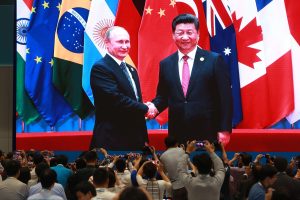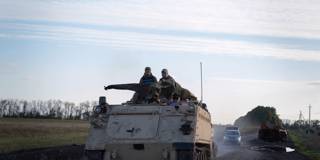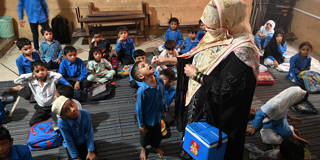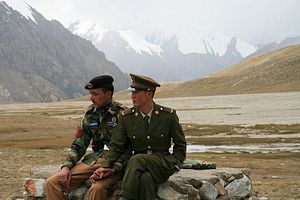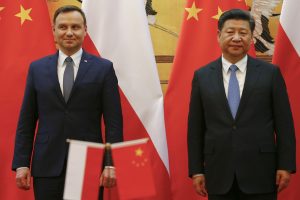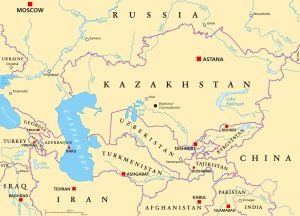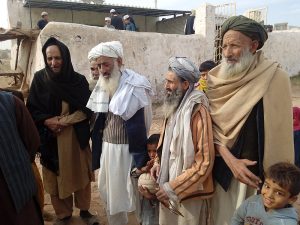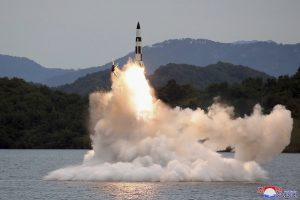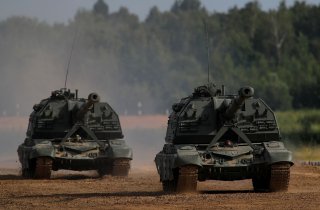Drew Harwell
On the night Shelby Renae first went viral on TikTok, she felt so giddy she could barely sleep. She’d spent the evening painting her nails, refreshing her phone between each finger — 20,000 views; 40,000 — and by the next morning, after her video crossed 3 million views, she decided it had changed her life.
She didn’t really understand why it had done so well. The 16-second clip of her playing the video game “Fortnite” was funny, she thought — but not, like, millions-of-views funny. She wasn’t a celebrity: She grew up in Idaho; her last job was at a pizza shop. But this was just how the world’s most popular app worked. TikTok’s algorithm had made her a star.
Shelby Renae, a former pizza-shop worker, posts TikTok videos of herself playing the video game “Fortnite.” She has 1.3 million followers and her videos have been liked 37 million times.
Now 25, she spends her days making TikTok videos from her apartment in Los Angeles, negotiating advertising deals and always chasing the next big hit. Many days, she feels drained — by the endless scramble for new content; by the weird mysteries of TikTok’s algorithm; by the stalkers, harassers and trolls. Yet still, in her off hours, she does what all her friends do: watches TikTok. “It will suck you in for hours,” she said.




